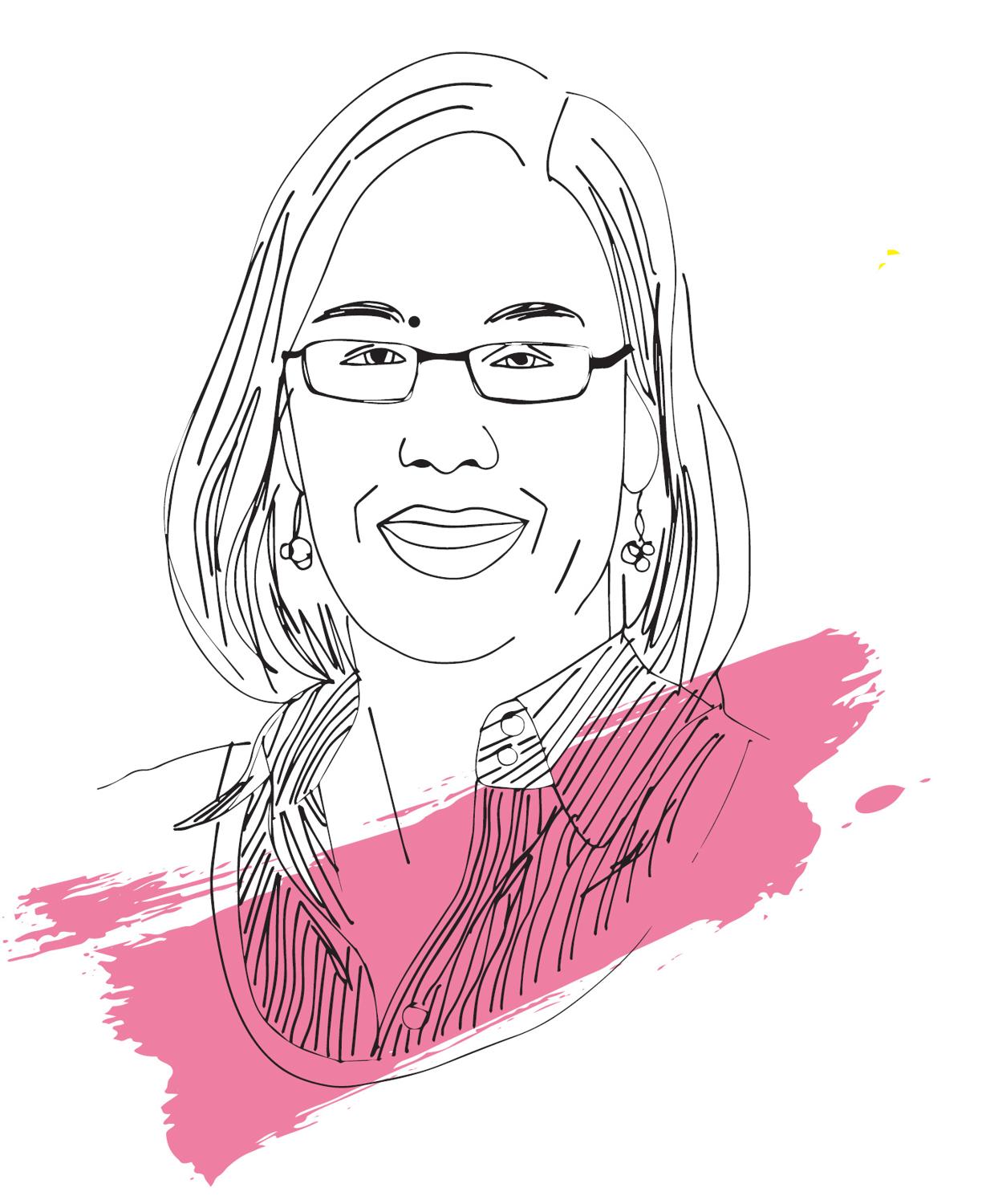There's so much information to wade through these days, particularly in the midst of a pandemic and impending elections. There's no shortage of explorations into these topics in print and digital media -- but how can citizens process and analyze information in the best, most non-biased way?
"This is not an easy topic to negotiate," says Tracy Everbach, a professor in UNT's Mayborn School of Journalism. "I am a media scholar and former journalist, yet I have been fooled by false material. After the 2018 solar eclipse, I saw and 'liked' a beautiful online photo that purported to be an image of the eclipse reflected on the ocean during an Oregon sunrise. If I had thought about it before liking it, I would have realized that sunrise in Oregon does not happen over the Pacific Ocean, sunset does. It is a constant process to keep reminding ourselves to always check out the content we consume."
Here, experts discuss some considerations every consumer of information should keep in mind.


